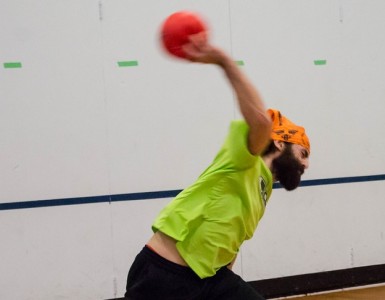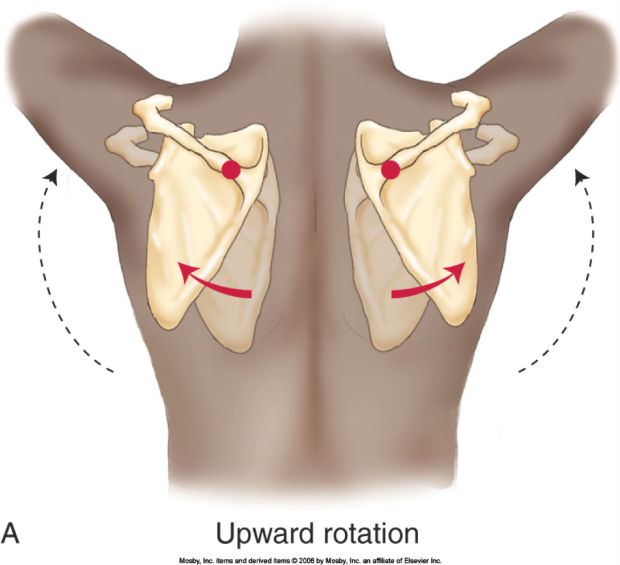Why does your shoulder hurt after dodgeball?
The shoulder joint is a ball-in-socket joint that allows 360 degrees of motion, making it the most mobile joint in the body. Overhead shoulder mobility is the arm’s ability to rise up freely without any restrictions.
Overhead shoulder mobility is important in dodgeball because having a free and mobile shoulder can help you throw harder and more efficiently (without hurting yourself). For most people, full overhead shoulder mobility is not needed in our daily lives. As a result of lack of usage, many people lose this movement as they age over time.
One study suggests that the neck and upper back play a role in shoulder problems (Mintken PE et al, 2010). They found that joint manipulation of the neck and upper back can reduce shoulder pain and disability, as well as improve ranges of motion. This is classically related to people with a slouched/rounded forward posture. When you are slouching you cannot raise your arms up fully as opposed to when you stand up tall.

The second area that could cause problems is the shoulder blade, a.k.a. the scapula. The scapula is meant to glide smoothly up and out on the rib cage as we lift our arms overhead. If something is preventing the scapula from rotating upward, this will restrict the arm as well. Shoulder blade mobility issues are often a motor control or a muscular imbalance problem. During a throw, your shoulder blade should be stable to support the intense movement of the pitch. If the shoulder blade is not fully stabilized then the arm will not be able to throw at its full potential.
Here is a simple analogy: imagine trying to shoot a heavy cannon ball from a dinky row boat. You won’t get the maximum power from the cannon because there is no solid foundation. The same concept applies when you throw a dodgeball with an unstable shoulder blade.
The third area that can restrict overhead shoulder mobility is the spine. Limitations to extend and rotate in the cervical (neck) and upper thoracic (upper back) spine can put extra stress on the shoulder while you throw. If your spine is stiff and restricts motion, then your body will compensate by trying to add extra motion in the shoulder joint, often resulting in injury.
Because there are numerous causes that could be restricting full range of motion, you should first get a proper diagnosis in order to increase overhead shoulder mobility. Then, an appropriate and effective treatment for the specific injury and cause can be implemented. This may include soft tissue therapy, motor control training, or neck and back manipulation in addition to shoulder rehabilitation exercises. Just like lower back pain can be caused by upper back and hip restrictions, shoulder problems may be a result of poor posture and not just your shoulder. All parts of your body need to be working properly to be able to throw a dodgeball effectively.



